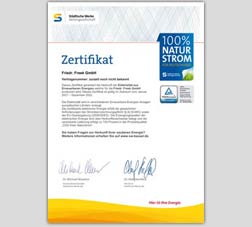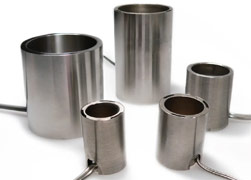Minimal consumption. Maximum power. - 11.05.2020 (updated on 25.06.2021)

Our nozzle heaters are already up to 22% more energy efficient than those of our competitors.
Considering the ongoing destruction of system-relevant ecosystems and an increasingly threatening climate change, there is no alternative to transforming our industrial and prosperous society into a sustainable post-carbon society. Freek, as part of the system, shares responsibility and strives to reduce its carbon footprint.
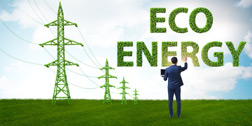
Take LED light, for example: The conversion of our hall lighting to LED light only required the replacement of neon tubes, which was completed in one day. Since the end of 2018, Freek has been using around 15% less electricity in this way. At the same time, it has never been so bright at the workstations. Different light colours, diminishing luminosity, annoying flickering light and a continuous replacement of tubes are finally a thing of the past. Even then, at the end of 2018, the payback period was less than a year. With LED light source prices having fallen by almost 50% since then, it is all the more incomprehensible why so much energy is still wasted on light in many places. Also, the purchase of "green" electricity today is, if at all, only marginally more expensive than that of "grey" electricity. At the current market prices, it is no longer possible to credibly convey to anyone the competitive disadvantages and high opportunity costs involved.
In the context of the LED light revolution, we at Freek have always wondered if and when electric heat generation will experience a similar revolution. It is surprising that our electrical heating elements have been converting electrical energy into heat almost unchanged based on metallic heat conductor alloys since the company was founded in 1950. Whether round wire, flat wire or applied conductor track, in the end it remains metal, which - stimulated by electrons - becomes warm. And yes, there are conductive ceramics, inks or plastics, but in the end even these are old hats. Due to their lack of variability, durability and economy, they have not yet been able to outstrip the metallic heating conductor. Their use is limited to niche applications. Even Industry 4.0, artificial intelligence and new additive manufacturing processes will hardly be able to change this status.
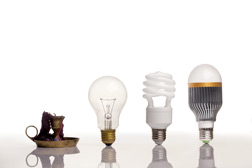
So why then the disruptive innovation leaps in lighting? The answer is obvious: With light, heat is considered a loss. Over 90% heat loss in the bulb is undoubtedly an immense source of motivation. It is therefore not surprising that we have made the transition from energy-saving lamps to LED light within the shortest of innovation cycles, thus virtually reversing the balance of benefits.
Since, unlike bulbs, the heat generated by electric heaters is the benefit, there is naturally little reason to question energy conversion as such here. Rather, it must be the issue,
- a) to bring the thermal energy to its target with as little heat loss as possible; and
- b) manufacture heating elements with the longest possible lifetime.
Both are highly demanding tasks, because on the one hand heat is extremely volatile, not particularly fast and the way to the target is often long and full of obstacles. On the other hand, high temperatures quickly pose a threat to the heating wires and insulation materials used: material properties and thus electrical and mechanical properties change. Structure-changing ageing processes, degenerative chemical reactions, including the countless types of corrosion, but also high-temperature corrosion as a result of diffusion and phase transformation unfold their destructive work. Added to this are all the mechanical challenges posed by thermal cycling, especially during heating-up and cyclical control operation.
The fact that we at Freek have learnt our trade in 70 years of manufacturing heating elements is demonstrated by our well-known and loyal customers in the various fields of application. Especially in the field of hot runner heating we count ourselves among the technology leaders and supply the who-is-who of the industry. Here, too, energy efficiency is becoming increasingly important, which is hardly surprising since there is a trend towards ever more compact, high-cavity and thus more efficient moulds, where even a few per cent of heating energy saved at the individual nozzle heater add up noticeably. Not only that, because less energy is brought into the system and less has to be extracted from the cold mould side. This saves even more energy and, not least, reduces the cycle time.
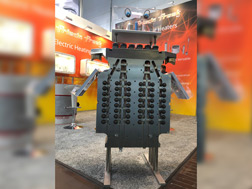
Here is a calculation example:
A mould manufacturer produces injection moulds with a total of 10,000 cavities per year,
i.e. an equal number of nozzles. The
energy-optimised Freek heaters
with a rated power of 250 W run with an output level of 25% in regular operation. In contrast, competitors'
heaters, which also have a rated power of 250 W, must be operated with 28% output level in
order to achieve the same nozzle temperature. Assuming 24/7/50 operation, the following
calculation results and thus annual energy savings:
0,25 kW x (0,28 – 0,25) x 24 h x 7 x 50 x 10.000 = 630.000 kWh
This is equivalent to an average power consumption of:
630.000 kWh / 4.200 kWh = 150 four-person households
In other words, with energy-optimised Freek heaters with just 10% less energy consumption, you can save the energy consumption of an average four-person household every year on a 64-cavity injection mould.
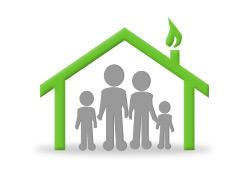
Why this example? Because we believe we can do just that: to make your heaters 10% more energy efficient. In fact, we have achieved savings of 17% and 22% in two specific cases. Admittedly, this applies to the test set-up in a laboratory environment. Unfortunately, we cannot verify to what extent these results can be confirmed in a real production environment. That's why we are equally happy to share our expertise in energy efficiency projects initiated and conducted by yourselves. On your side, especially in the assembly, environment and operation of the heaters, there are a lot more parameters strongly influencing heat losses, hence energy and process efficiency. There are many published examples of such R&D initiatives actually:
We just can offer what is in our sphere of influence: The improved energy efficiency of the heater itself. First step we identify heat losses of the heaters you use by now. Second step we design and manufacture our energy optimised alternatives, operate and monitor them in comparison to your existing heaters and third step inform you know about the energy savings we gained in our test environment.
Take this as a free offer for a reduction of your carbon footprint.
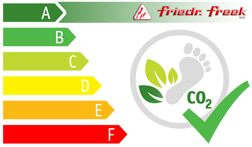
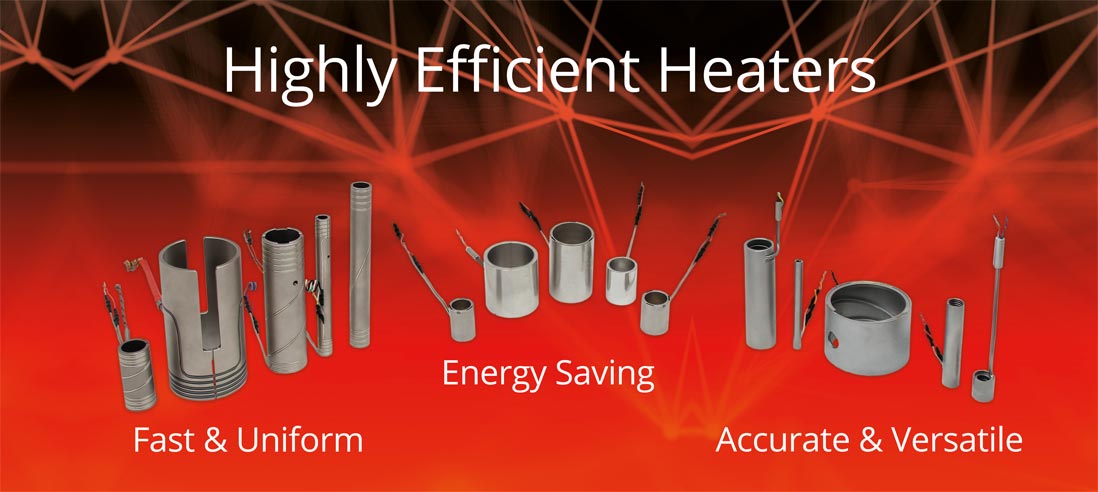
older article newer article

